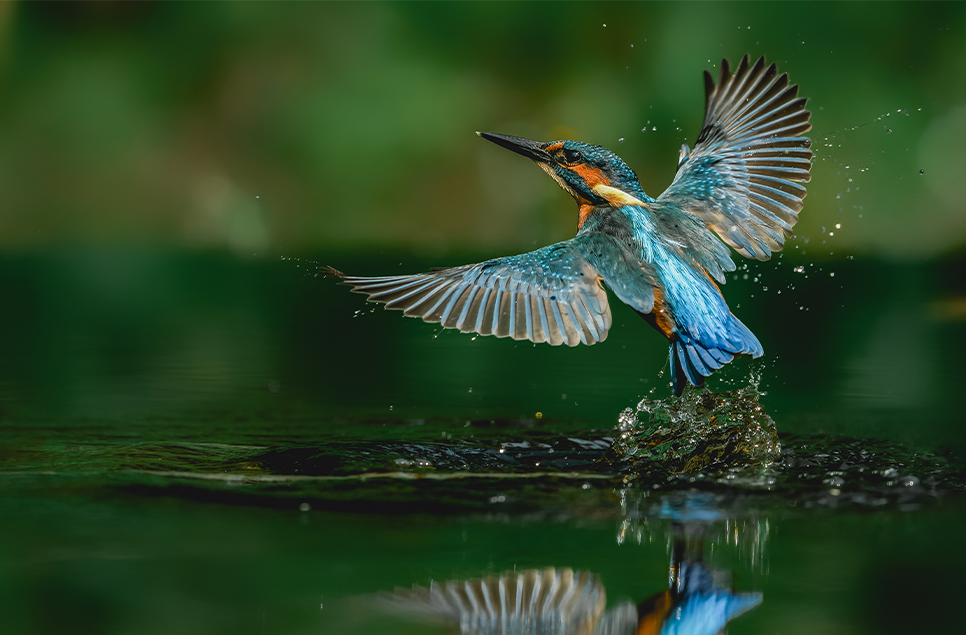Wetlands of the World: The Yellow sea - a migration lifeline
The Yellow Sea's vast intertidal wetland mudflats offer food-packed staging posts to waders and other birds in their countless thousands. Located between China and South Korea, it's a target for conservation because of its importance to migratory birds.
The Yellow Sea coastline of China and the Korean peninsula with its flat industrial landscape and shimmering horizon lined with wind turbines, may at first sight, not look that appealing. It’s a far cry from picture book images of vast, spectacular expanses of nature, more often associated with the world’s greatest wetlands. But its vast intertidal mudflats offer food-packed staging posts to waders and other birds in their countless thousands.
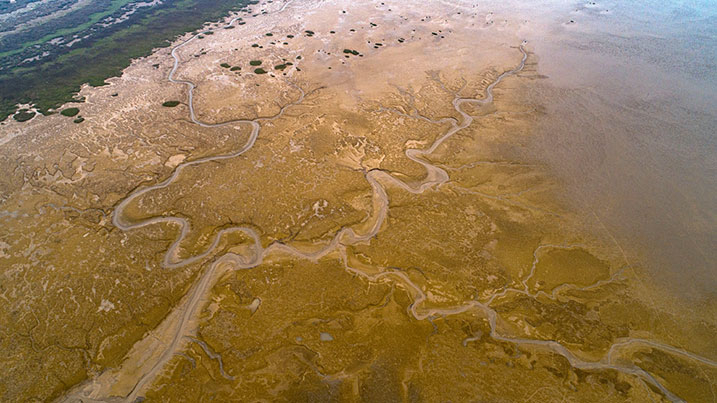
A biodiversity hotspot
The Yellow Sea is found sandwiched between China to the west and north and South Korea to the East. And it’s the fact that it has land on all three sides that holds the key to what makes it so special. It has a vast area of continental shelf covered in shallow water with depths of only 60-80m. These waters are home to dugongs, porpoises and marine turtles and provide fishing grounds rich in herring, mackerel and cod. And its mudflats offer an incredibly important site for migratory birds.
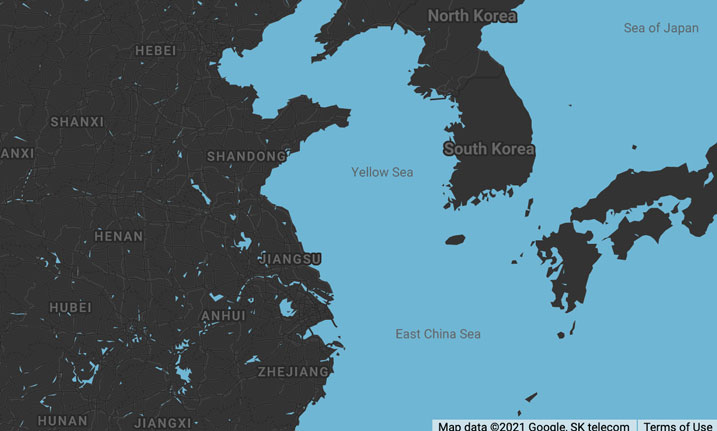
Something that WWT’s research officer, Kane Brides knows from first-hand experience. In 2019 he was part of a 40 strong expedition team of international scientists that travelled to Jiangsu province on the Yellow Sea coast of China.
Over 10 days they caught and released an extraordinary 1,778 birds including fitting tags to five spoon-billed sandpipers. Their goal? To ensure a vibrant ecosystem in the Yellow Sea for all the migrants that pass through it.
These tags – the smallest of their kind, have revolutionised our understanding of the secret lives of spoonies. We hope these tagged individuals will help us gain vital information about the sites they are using and will help us conserve not only spoonies but all the other shorebirds that share staging posts like these along the East Asian-Australasian flyway.
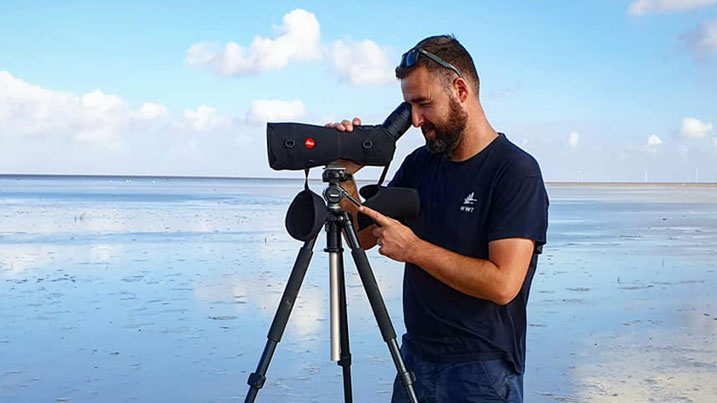
How many species found here?
Surveys like this have shown that the region is the single most important site for migratory birds in the East Asian Australasian flyway with millions passing through each year. Over a period of five years, 8,000 birds of over 30 species have been ringed along the Jiangsu coast. These marked birds have been seen later, on the coasts throughout South East Asia and Australia proving just how pivotal the Jiangsu coast is in the lives of these global travellers.
The wetlands and mudflats that edge the coast all along China’s Jiangsu Province are vitally important for the survival of 17 globally threatened migratory waders, including the critically endangered spoon billed sandpiper.
Forty percent of migrating spoon-billed sandpipers are found here.
And it’s not just waders that rely on these wetlands. The region’s varied habitats offer shelter for large numbers of migrant passerines, including Siberian and White’s thrushes, Siberian rubythroat and Pallas’s reed bunting.
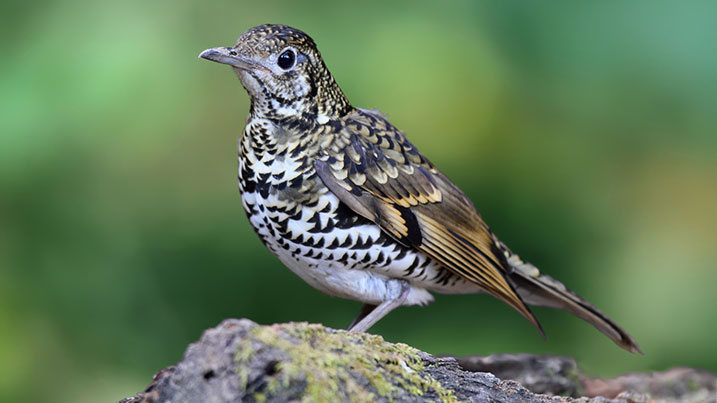
A life-giving colour
‘Yellow’ Sea is a reference to the vast quantity of silt deposited into it by the Yellow River, so called because of the fine grains of yellow coloured sediment the river picks up when flowing across China’s Gobi Desert. As it reaches the shallow sea, the river deposits this nutrient rich sediment, creating vast mudflats. These in turn support a huge array of life. And it’s this that provides such a lifeline for the migrating birds who stop at these wetlands to re-fuel and build up their strength as they track south between their arctic breeding grounds and their wintering quarters in South Asia.
Turning the Yellow Sea brown
But decades of pollution are turning the sea brown. Industrial and agricultural pollution and domestic sewage continue to contaminate the Yellow Sea’s coastal waters and habitats. Relentless development of coastal wetlands and over fishing is degrading these vital refuelling stopovers, having a dramatic impact on habitat and biodiversity loss.
About 40% of the Yellow Sea’s tidal flats have been reclaimed in the last 50-100 years.
What’s WWT doing about it?
WWT is working to highlight the importance of the wetlands along the coast of the Yellow Sea. We’re monitoring spoonies at key staging sties in Jiangsu, just north of Shanghai, fitting birds with tiny GPS transmitters to track their journeys. Data from this work has already revealed previously unknown moult sites on the Korean Peninsula.
By shining a spotlight on these key sites throughout the region, we’re providing information that’s proving crucial in persuading governments to act to protect these vitally important wetlands from the threats of pollution and reclamation.
In 2018, thanks to advocacy work by conservation charities, China called a halt to all reclamation work on the Yellow Sea’s mudflats. This was a win, not just for the sandpiper, but also for all the other birds, animals and people that rely on the Yellow Sea for their survival.
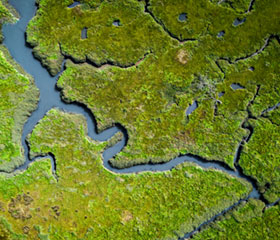
Restoring wetland species
Read more about our work to protect and restore struggling wetland species like the spoon-billed sandpiper. By acting for these species and protecting their wetland habitat, we hope to have far-reaching effects for many other species – and people too.
Find out more